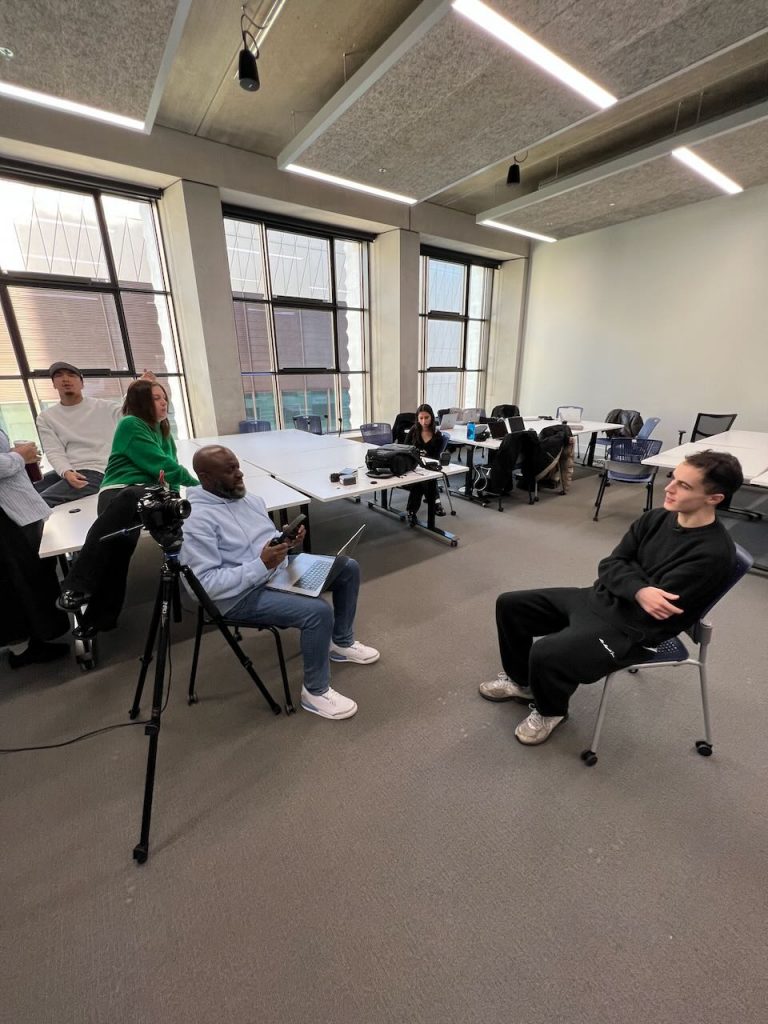
Introduction
Intersectionality, a term coined by Kimberlé Crenshaw, provides a crucial lens through which we can understand the multifaceted nature of identity. The subject of this outline is the introduction of intersectionality into my current teaching practise to elevate and create the optimum learning environment for all
Intervention
BAME academic and professional service staff are significantly under-represented, under-supported, and over-burdened in UKHE. Only 4.7% of Black academic staff are full professors, while 11% of white academic staff have risen to this highest academic rank, indicating that the sector is missing an estimated 300 Black professors (Morgan, 2020).
Being a black male lecturer in a creative space, representing those who look and sound like me has always been at the forefront of my teaching. I wish to expand this to other areas of intersectionality via the medium of broadcast journalism.
I feel including intersectionality within my practice is especially important right now because research shows that interrupted learning during COVID-19 has affected student populations disproportionately: emergent bilingual students, students of colour, and students with disabilities all suffered from more unfinished learning during remote learning than their white, monolingual peers without disabilities. When seen through the lens of intersectionality, the negative impacts only compound for students who identify with more than one historically marginalized group.
In the context of emergent bilingual students, we must consider how social aspects and classifications of identity—such as race, socioeconomic status, religion, sexual orientation, gender identity, disability, and immigration status, in addition to English language proficiency—impede students’ access to an equitable educational experience.
Applying an intersectional lens helps us view how multiple social classifications interconnect and create further inequities for already historically marginalized individuals. For example, for a Black Hispanic student who is also transgender, we can ask ourselves questions such as how race and gender identity, in conjunction with the student’s native and English language proficiency status, affect their school experiences. More importantly, we can critically examine how these slices of identity intersect to determine the student’s level of access to an equitable education and any outcomes, positive or negative, relative to the status quo.
For my methodology I will look at the benefits of practical methods such as assistive technology, timetabling, lecture structure, assessment methods as well as soft skills such as multiple languages, student visibility, conversational engagement with intersectionality and Inclusive language.
References :
